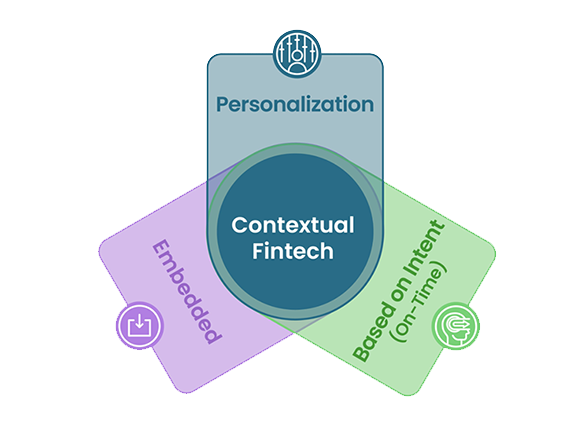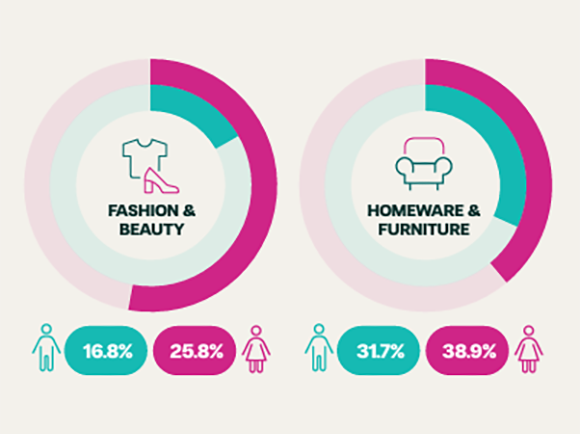Build vs buy? Here’s why you should meet in the middle

To build or to buy? It’s a question that all banks must consider as part of their digital transformation.
Building in-house means you have total control over your tech solution. Not only in the initial development phase, but for the roadmap moving forwards too. New features and updates can be prioritised to solve problems specific to your business (rather than the one-size fits all approach you’d get with a vendor).
You also retain the intellectual property. That could lead to monetisation opportunities in the future, like licensing your product to other businesses. If you’re a bank, for example, you could sell the rights to your embedded lending platform to merchants. That way the merchant takes ownership over their retail finance programme while you look after the lending and provide technical support.
Or, perhaps you could sell the platform to other banks or alternative lenders looking to enter the retail finance market. You’ll need the technical expertise in-house to do this. That means hiring a new team if you don’t have the skills or training your existing engineers if necessary.
Granted, this is not easy. But once you have the internal know-how you’ll be a more competitive business overall, which puts you at a strategic advantage. That can translate into cost-savings, which will set you up for further success in the long-run.
Building an embedded lending solution
It’s no wonder then that six in ten banks (61%) plan to build their new technology in-house. One in five (22%) are choosing to build solutions from scratch.
But those that do must be careful. They’ll need to manage the project effectively to ensure the timings and costs don’t runaway. Easier said than done. Costs fluctuate when building in-house due to inexperience, internal delays and unforeseen circumstances.
Talent is hard to come by; engineers are in short supply, well paid and well looked after by the tech giants, who have deep networks, pockets and expertise. It takes time and a shed-load of money to find the right people and create a team.
Once you’ve figured that bit out, there’s the small task of building a solution. It can take years for an in-house build. What happens if there’s a change in leadership? Or the direction of the business? Or customer behaviour? Your embedded lending product could be obsolete before it reaches the market.
If it isn’t, you’ll need to maintain it, update it and fix it if it breaks. That’s an expensive job. You need to move with the market and stay on top of consumer trends, innovate and compete with market leaders. It requires focus, resources and internal alignment. Banks are fantastic at a great many things, but they are not exactly nimble and decision-making takes time.
So even after you have the project mapped out and the skills needed to do the job, you then need to determine – if it is possible – whether it is worth doing.
Buying from a third party
Buying may then seem like the best course of action. An off-the-shelf solution de-risks the project and saves a time, money and stress. There is much less to do in the way of hiring, the solution is battle tested and there is comfort in knowing the tech supports other financial institutions.
Plus, there’s data. Lots and lots of data. Vendors, especially those who have worked with multiple financial institutions, are experts in customer journeys. They’ve tried, tested and optimised the checkout experience for billions of pounds of transactions.
But buying has its own set of issues.
Off-the-shelf solutions may cover some of what you’re looking for. But it’s impossible for the vendor to pre-empt every feature you require. That means the platform is unlikely to cover your needs. You don’t have control over the roadmap, so you may need to wait for product updates. A priority for you may not be a priory for the vendor, who has other clients to worry about.
Scaling might also cause some problems. If you’re a big bank there’s a chance you’ll have more customers using checkout finance than your embedded lending platform provider is used to. Can you be sure it will manage your volume of customers? What if there are bugs? Is there 24/7 support? Your reputation is on the line.
Why banks should meet in the middle
The choice of whether to buy or build is neither black nor white. Banks need the infrastructure to onboard a solution, so the teams and systems will need to be in place. Banks are of course capable of building a solution in-house if they choose to. But this, as we’ve discussed, is time-consuming and risky.
The best thing to do is meet in the middle. Find an embedded lending solution provider who can fill in the gaps for you: a strategic partner. If it’s scoping that you need, your partner can help to determine what your solution should look like. If it’s the build you need help with, they can provide engineering support. If it’s the customer journey, updates or maintenance, their years of expertise will ensure you’re in safe hands.
Six in ten executives rank digital transformation as a top priority. Embedded lending options and retail finance – which includes Buy Now, Pay Later and higher forms of regulated credit – has become an essential part of most consumers shopping habits. Offering credit at the point-of-sale is now an essential part of a bank’s portfolio.
Looking to upgrade your payments suite?
We work with some of Europe’s biggest banks to deliver their embedded lending programme. Find out more on our lender page.
You might also
be interested in
Start lending at the point-of-sale with our whitelabel checkout finance platform








